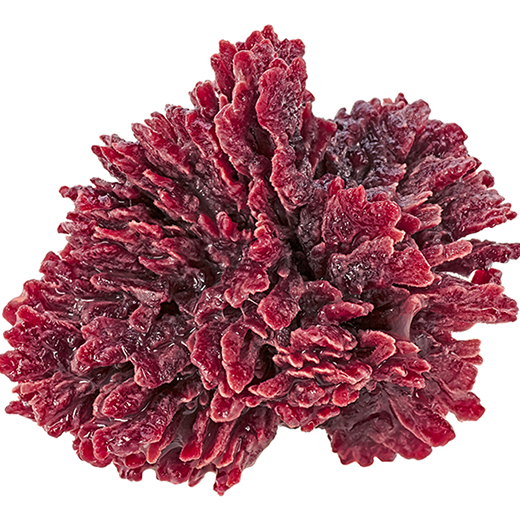
Occasionally, you may find a piece of something that looks like glass in your canned fish, such as salmon, tuna, mackerel and shrimp. Although it may look like glass or plastic, it is actually a naturally occurring compound called struvite and it is completely harmless and safe to eat.
On this page
- How struvite gets in canned fish
- Product safety
- How to tell if it's struvite
- Occurrence of struvite in canned fish
- What to do if the crystal is not struvite

How struvite gets in canned fish
Fish have naturally occurring elements that can develop into crystals during the heating and canning process.
Product safety
Struvite does not pose a health risk. It is a harmless compound of magnesium ammonium phosphate. When you eat it, struvite gets broken down naturally by your stomach acid.
How to tell if it's struvite
Struvite may look like glass but if you examine it with a magnifying glass, you will see that its edges are smooth, whereas the edges of broken glass are irregular. Struvite is also softer than glass and can be scratched. If you crush the struvite crystal, it will usually break into smaller crystals or powder.
If you are still not sure that the crystal is struvite, then you can conduct a simple test by putting the crystals in warm acid, such as vinegar or lemon juice. Struvite will dissolve while glass will not.
Occurrence of struvite in canned fish
So far, no process has been successful in preventing the occasional formation of struvite crystals. However, if you think about the enormous volume of seafood products packed each year, finding struvite is actually quite rare.
What to do if the crystal is not struvite
If the crystal is struvite, you can consume the product as normal. Your stomach acid will dissolve the crystals, so they are not a health risk.
If the crystal does not dissolve or crush, then it could be glass or plastic. You should report this to the CFIA.